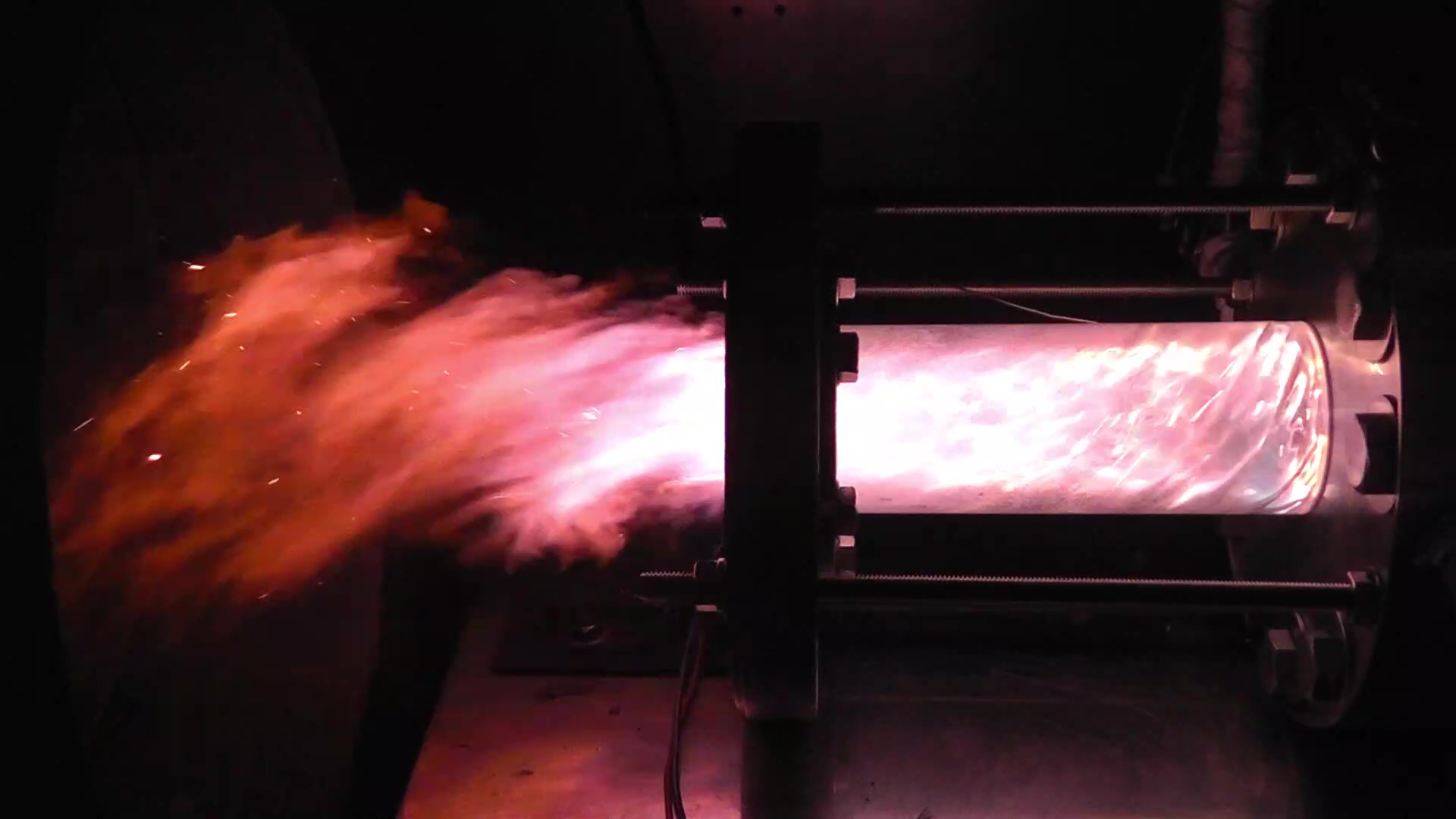Background
People’s interest in space utilization has been growing year by year, and currently large-scale plans for space utilization are being formulated, including a lunar base, migration to Mars, space solar power generation, and so on. However, the current chemical rockets require huge development and launch costs, and dramatic cost reductions are a prerequisite for realizing these plans. Laser propulsion systems are expected to be the next-generation launch system that can transport large amounts of materials to space at low cost, which will be necessary as space exploration progresses in the future. Since Dr. Kantrovitz proposed the idea of laser propulsion in 1972, active research has been conducted worldwide.
Features of Laser Propulsion
Laser propulsion is a propulsion system that generates thrust by directing a laser beam from a laser oscillation source installed on the ground to a propulsion system. There are two types of laser propulsion systems, one using a RP (Repetitively Pulsed) laser and the other using a CW (Continuous Wave) laser. Currently, the method being targeted in this laboratory is the RP laser-based propulsion method, which consists of the following four cycles.
- Laser is focused and plasma is generated by dielectric breakdown.
- The plasma absorbs the trailing laser and the inside of the propulsion chamber becomes hot and pressurized.
- The high-temperature, high-pressure gas spreads out with a shock wave, and the gas pushing the propellor receives a reaction force that propels it outward. At this time, the propellor gains thrust.
- Atmosphere enters the inside of the negative-pressure propulsor and returns to the initial state.
There are three major advantages of RP laser propulsion
- Since it is an air-suction type that uses the atmosphere as its main propellant, it is expected to have a higher payload ratio than chemical rockets.
- The Pulse Detonation Engine (PDE) cycle is used, eliminating the need for turbo pumps as in chemical rockets and simplifying the airframe structure.
- The laser oscillation base can be used repeatedly and initial costs can be eliminated.
These advantages are expected to result in lower launch costs compared to chemical rockets.
Reserch
[Heat balance analysis of absorbed laser energy in RP laser propulsion]
Flight analysis and optimal design of propulsion aircraft using RP laser propulsion require estimation of the pressure behind the airframe, but no method has yet been established for this purpose. To estimate the pressure, it is necessary to know how much the added airframe gas is heated, so research is being conducted to clarify how the absorbed laser energy is used to heat the gas.
